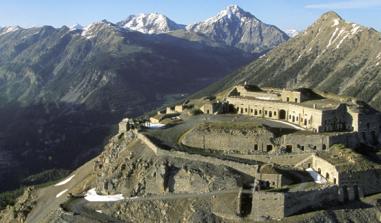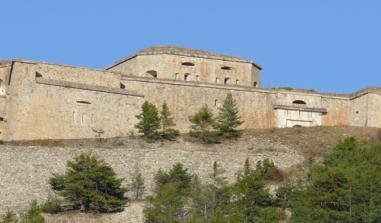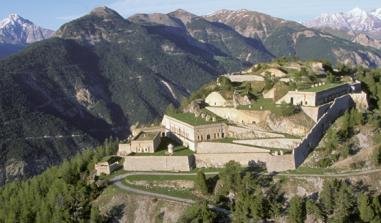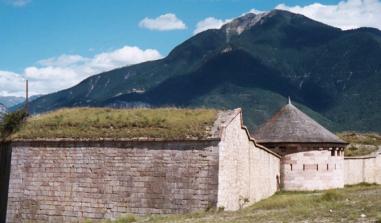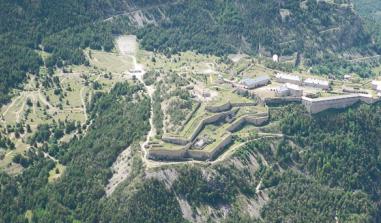Château Queyras
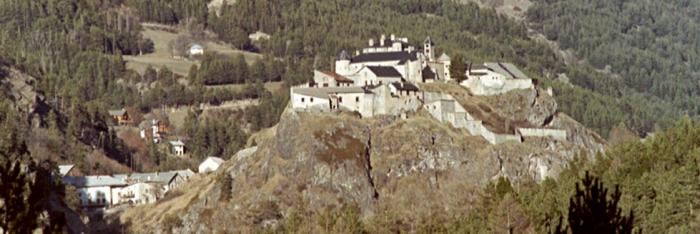
Château Queyras. Photo : Vclausse
For centuries the Ubaye has been a border area with several fortifications redeveloped by Vauban, amongst which is the one at Le Queyras.
Ever since the 16th century, the glacial rock bar that blocks the Le Guil valley has been the site of a castle designed to provide cover for the side of Le Queyras that faces downriver. It would appear that the first castle constructed there dates back to the 11th century. Its role was to protect the valley from looters arriving from Provence.
Positioned at an altitude of 1,400 m, the construction looks over the Le Guil valley. Château-Queyras served as an outpost designed to stall the enemy and give the towns of Montdauphin and Briançon the time required to prepare their defences.
In 1692 the fort resisted an attack from the people of the Savoie, at which time Vauban decided to reinforce it. He recommended an enlargement and modernisation programme. He created an advanced redoubt on the northern side and also planned an extension to the fort in the western part. In 1700, he planned the construction of a new compound on the eastern side and the work was carried out in the 18th and 19th centuries.
He ordered the destruction of some of the buildings considered to be out of keeping with his plans as the narrowness of the premises prevented the accommodation of an expanded garrison to control the region. This monument combines the 14th century towers and square dungeon with a Vauban-style structure: a bastioned envelope, parapets with slits for firing and demi-lune entrance. The curtain has retained its watch turrets. Batteries were constructed downriver in the 18th century.
Mairie 05250 Château-Ville-Vieille Tel: + 33 (0) 4 92 46 86 89 Fax: + 33 (0) 4 92 46 82 00
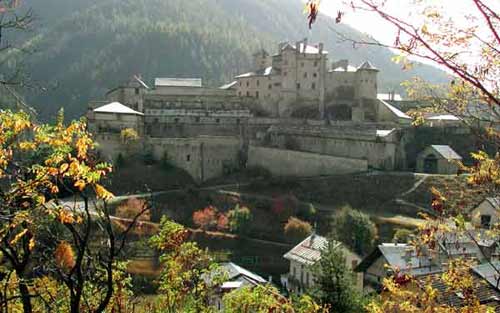
Château Queyras. Source : DR
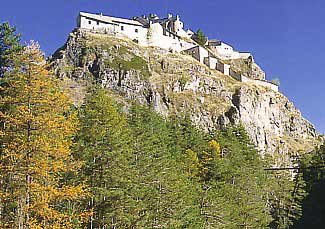
Château Queyras. Source : DR
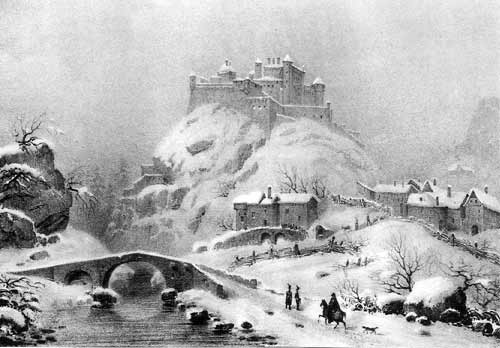
Lithograph of Château Queyras. Source: DR
Practical information
5350
Château-Ville-Vieille
04 92 46 86 89
Mars à novembre




